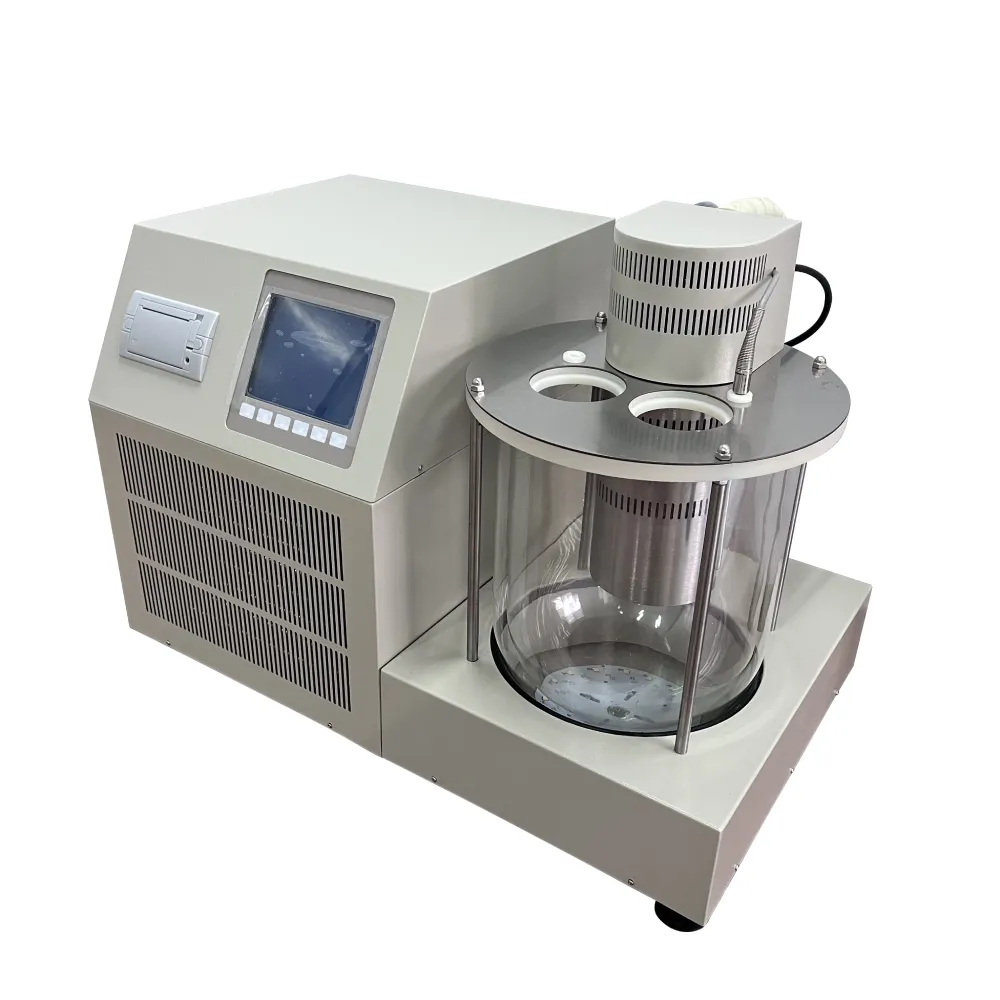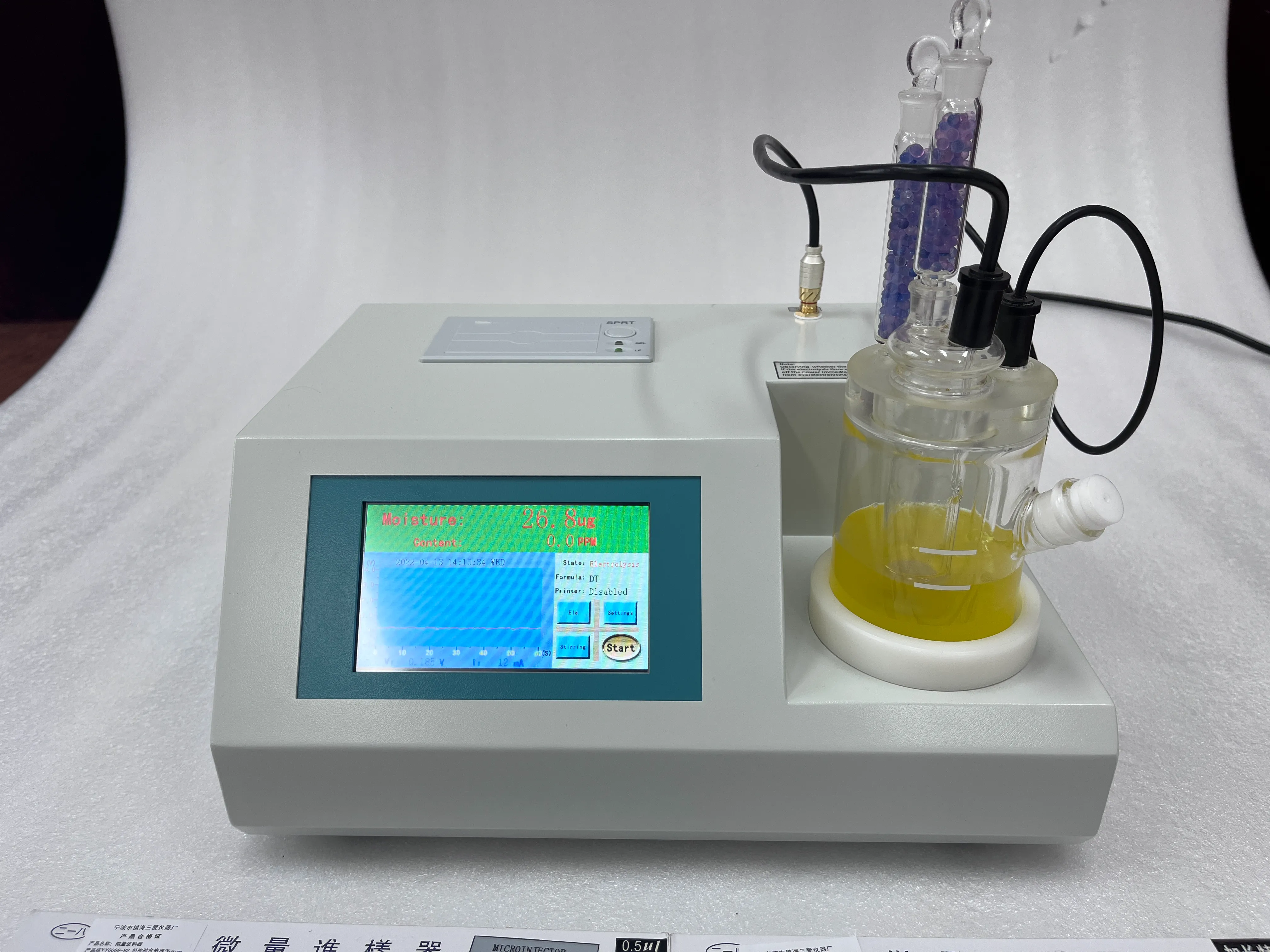TEL:
+86-0312-3189593
 English
English

Telephone:0312-3189593

Email:sales@oil-tester.com

-
 Afrikaans
Afrikaans -
 Albanian
Albanian -
 Amharic
Amharic -
 Arabic
Arabic -
 Armenian
Armenian -
 Azerbaijani
Azerbaijani -
 Basque
Basque -
 Belarusian
Belarusian -
 Bengali
Bengali -
 Bosnian
Bosnian -
 Bulgarian
Bulgarian -
 Catalan
Catalan -
 Cebuano
Cebuano -
 China
China -
 China (Taiwan)
China (Taiwan) -
 Corsican
Corsican -
 Croatian
Croatian -
 Czech
Czech -
 Danish
Danish -
 Dutch
Dutch -
 English
English -
 Esperanto
Esperanto -
 Estonian
Estonian -
 Finnish
Finnish -
 French
French -
 Frisian
Frisian -
 Galician
Galician -
 Georgian
Georgian -
 German
German -
 Greek
Greek -
 Gujarati
Gujarati -
 Haitian Creole
Haitian Creole -
 hausa
hausa -
 hawaiian
hawaiian -
 Hebrew
Hebrew -
 Hindi
Hindi -
 Miao
Miao -
 Hungarian
Hungarian -
 Icelandic
Icelandic -
 igbo
igbo -
 Indonesian
Indonesian -
 irish
irish -
 Italian
Italian -
 Japanese
Japanese -
 Javanese
Javanese -
 Kannada
Kannada -
 kazakh
kazakh -
 Khmer
Khmer -
 Rwandese
Rwandese -
 Korean
Korean -
 Kurdish
Kurdish -
 Kyrgyz
Kyrgyz -
 Lao
Lao -
 Latin
Latin -
 Latvian
Latvian -
 Lithuanian
Lithuanian -
 Luxembourgish
Luxembourgish -
 Macedonian
Macedonian -
 Malgashi
Malgashi -
 Malay
Malay -
 Malayalam
Malayalam -
 Maltese
Maltese -
 Maori
Maori -
 Marathi
Marathi -
 Mongolian
Mongolian -
 Myanmar
Myanmar -
 Nepali
Nepali -
 Norwegian
Norwegian -
 Norwegian
Norwegian -
 Occitan
Occitan -
 Pashto
Pashto -
 Persian
Persian -
 Polish
Polish -
 Portuguese
Portuguese -
 Punjabi
Punjabi -
 Romanian
Romanian -
 Russian
Russian -
 Samoan
Samoan -
 Scottish Gaelic
Scottish Gaelic -
 Serbian
Serbian -
 Sesotho
Sesotho -
 Shona
Shona -
 Sindhi
Sindhi -
 Sinhala
Sinhala -
 Slovak
Slovak -
 Slovenian
Slovenian -
 Somali
Somali -
 Spanish
Spanish -
 Sundanese
Sundanese -
 Swahili
Swahili -
 Swedish
Swedish -
 Tagalog
Tagalog -
 Tajik
Tajik -
 Tamil
Tamil -
 Tatar
Tatar -
 Telugu
Telugu -
 Thai
Thai -
 Turkish
Turkish -
 Turkmen
Turkmen -
 Ukrainian
Ukrainian -
 Urdu
Urdu -
 Uighur
Uighur -
 Uzbek
Uzbek -
 Vietnamese
Vietnamese -
 Welsh
Welsh -
 Bantu
Bantu -
 Yiddish
Yiddish -
 Yoruba
Yoruba -
 Zulu
Zulu
ਫਰ. . 03, 2025 06:01
Back to list
PS-DC10A Transformer DC Winding Resistance Tester
The D.C. winding resistance test of transformers plays a pivotal role in ensuring the efficiency, reliability, and longevity of these critical components within electrical networks. As an electrical engineer with over two decades of hands-on experience, I have encountered numerous scenarios where this test not only predicted but also prevented potential operational failures. In this article, I will share practical insights drawn from years of expertise, providing you with an authoritative and trustworthy guide on the intricacies of the D.C. winding resistance test for transformers.
Incorporating these results into a predictive maintenance strategy is a hallmark of a sound transformer management program. By regularly conducting D.C. winding resistance tests and analyzing trends over time, facilities can effectively plan maintenance activities and avoid unplanned outages, thereby optimizing operational efficiency. Expanding on experience, the practical challenges of this test often include dealing with large transformers where considerable time is needed for stabilization—this is the period after injecting the test current, allowing the temperature and winding conditions to stabilize before capturing the readings. Patience during this phase, though seemingly meticulous, is crucial to ensure reliability of the data. Manufacturers and utilities seeking to enhance transformer uptime should emphasize routine testing as part of their asset management protocols. Furthermore, investing in training for personnel to skillfully conduct and interpret these tests can result in substantial long-term savings and operational stability. Whether for newly manufactured transformers or those that are part of an existing infrastructure, the D.C. winding resistance test is a powerful tool for detecting early signs of malfunctions. By fostering a culture of proactive testing, organizations can not only enhance the safety and efficiency of their operations but also reduce costs associated with emergency repairs and energy losses. In summary, the D.C. winding resistance test is a fundamental aspect of transformer maintenance, embodying both the art and science of electrical engineering. The commitment to regular testing, coupled with a robust understanding of data interpretation, empowers professionals to maintain high operational standards, ensuring transformers continue to perform effectively throughout their extensive service life. This testing practice not only substantiates an organization's dedication to reliability and safety but also reflects a deep-seated expertise and trustworthiness in handling one of the pivotal components of modern electrical infrastructure.


Incorporating these results into a predictive maintenance strategy is a hallmark of a sound transformer management program. By regularly conducting D.C. winding resistance tests and analyzing trends over time, facilities can effectively plan maintenance activities and avoid unplanned outages, thereby optimizing operational efficiency. Expanding on experience, the practical challenges of this test often include dealing with large transformers where considerable time is needed for stabilization—this is the period after injecting the test current, allowing the temperature and winding conditions to stabilize before capturing the readings. Patience during this phase, though seemingly meticulous, is crucial to ensure reliability of the data. Manufacturers and utilities seeking to enhance transformer uptime should emphasize routine testing as part of their asset management protocols. Furthermore, investing in training for personnel to skillfully conduct and interpret these tests can result in substantial long-term savings and operational stability. Whether for newly manufactured transformers or those that are part of an existing infrastructure, the D.C. winding resistance test is a powerful tool for detecting early signs of malfunctions. By fostering a culture of proactive testing, organizations can not only enhance the safety and efficiency of their operations but also reduce costs associated with emergency repairs and energy losses. In summary, the D.C. winding resistance test is a fundamental aspect of transformer maintenance, embodying both the art and science of electrical engineering. The commitment to regular testing, coupled with a robust understanding of data interpretation, empowers professionals to maintain high operational standards, ensuring transformers continue to perform effectively throughout their extensive service life. This testing practice not only substantiates an organization's dedication to reliability and safety but also reflects a deep-seated expertise and trustworthiness in handling one of the pivotal components of modern electrical infrastructure.
Latest news
-
Testing Equipment Industry Sees Major Advancements in 2025: Smart & Precision Technologies Lead the WayNewsJun.06,2025
-
Applications of Direct Current Generators in Renewable Energy SystemsNewsJun.05,2025
-
Hipot Tester Calibration and Accuracy GuidelinesNewsJun.05,2025
-
Digital Circuit Breaker Analyzer Features and BenefitsNewsJun.05,2025
-
Benefits of Real-Time Power Quality Monitoring Devices for Industrial EfficiencyNewsJun.05,2025
-
Earth Fault Loop Testing in High-Rise Building Electrical SystemsNewsJun.05,2025



